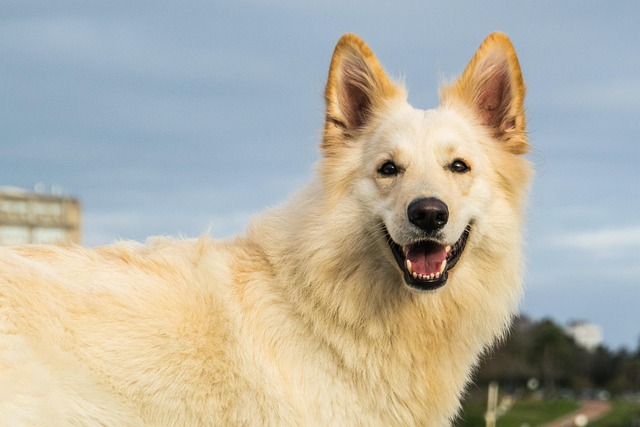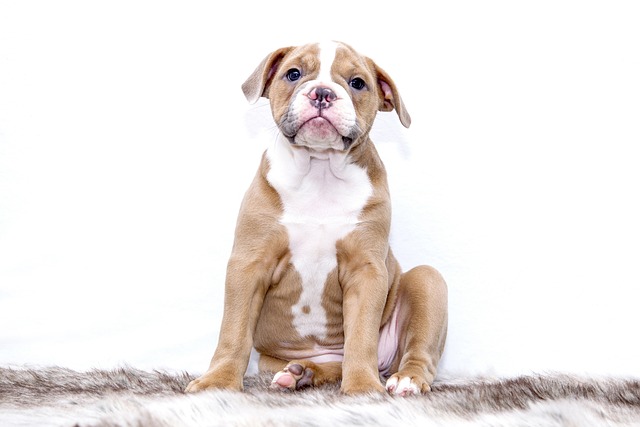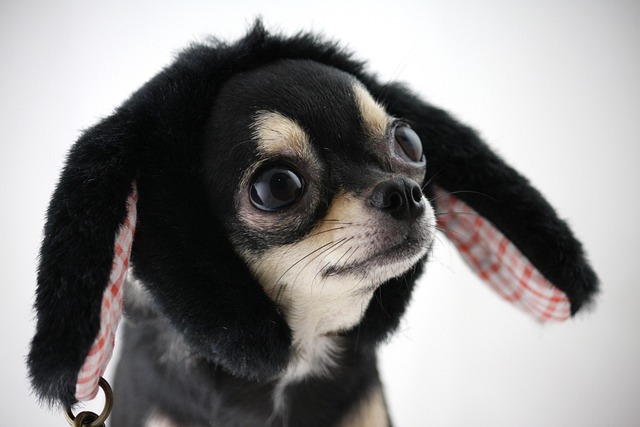
what to take camping for a dog
Preparing your dog for camping requires more than just extra food and a leash—it's about creating a mobile version of their home safety net.
Many dogs freeze up or bark excessively when they see other pups at the neighborhood park, and this isn’t just shyness—it’s often social anxiety. Start slow: instead of rushing into a busy dog run, sit on a quiet sidewalk with your dog on a loose leash. Let them sniff the grass and watch passersby at their own pace; never pull or force them to interact, as this can deepen their fear.
Check your local area’s dog laws before starting training—some cities require muzzles in public spaces for dogs with reactive behavior, while others have designated “quiet zones” for nervous pups. Keeping your dog’s vaccinations up to date is also a must, not just for compliance but to keep them safe if they do meet other dogs briefly. Always carry treats in your pocket, like small pieces of cooked chicken, to reward calm behavior—this helps your dog associate new sights with good things.
Avoid common mistakes, like picking up a scared dog every time they whimper. While it feels like you’re comforting them, this can teach them that acting anxious gets them out of the situation, reinforcing the behavior. Instead, stand still and speak in a soft, steady voice: “Good boy, take it easy.” If your dog tries to move away from a trigger, like a bicycle, let them—giving them control builds confidence over time.
 Gradually increase the difficulty of your outings, but only when your dog is ready. If they stay calm during 10-minute walks on the quiet sidewalk, try a 5-minute visit to a less busy pet store. Let store employees know your dog is anxious—most will be happy to give you space. Never push your dog past their limit; if they start growling or trembling, leave the area immediately and try again another day.
Gradually increase the difficulty of your outings, but only when your dog is ready. If they stay calm during 10-minute walks on the quiet sidewalk, try a 5-minute visit to a less busy pet store. Let store employees know your dog is anxious—most will be happy to give you space. Never push your dog past their limit; if they start growling or trembling, leave the area immediately and try again another day.
If your dog’s anxiety doesn’t improve after a few months of consistent training, reach out to a certified dog behaviorist. These professionals use science-backed methods, like desensitization and counterconditioning, to help dogs overcome fear. Avoid trainers who use punishment-based techniques, as these can make anxiety worse and even lead to aggression—something that could put you in violation of local animal welfare laws.
With patience, consistency, and respect for your dog’s limits, most pups with social anxiety can learn to feel more comfortable in the world. Remember, progress isn’t linear—some days will be better than others, and that’s okay. The goal isn’t to turn your dog into a social butterfly, but to help them feel safe when they’re out with you. Over time, those small, calm moments will add up to a happier, more confident companion.

Preparing your dog for camping requires more than just extra food and a leash—it's about creating a mobile version of their home safety net.

Ever notice how professional dog trainers seem to have a secret weapon in those treat pouches? They’re not using ordinary store-bought biscuits—they’re employing strategically selected

Chihuahuas often get a reputation for being shy or snappy around new people and pets, but that’s usually because they haven’t had consistent, positive social experiences early on.

Potty training an old dog takes patience more than speed—unlike puppies, adult pups have established habits, so rushing can make them anxious.

Professional dog trainers typically reach for treats that are small, soft, and incredibly high-value—the canine equivalent of gourmet chocolate.

At first glance, training treats and regular treats might seem interchangeable, but they’re designed for entirely different purposes. Training treats are typically tiny